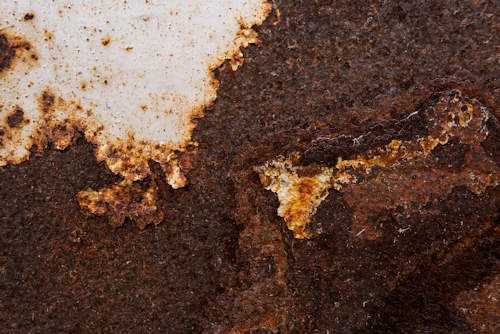The ship’s propeller, a stalwart guardian of maritime locomotion, endures relentless exposure to the capricious sea and its corrosive dwellers. Its maintenance and proper care are pivotal for the ship’s efficient operation and longevity. This article delves into the strategies to uphold a propeller’s efficiency and how to discern the signals indicating it’s time for a replacement.
Maintenance: An Ounce of Prevention
Regular maintenance is the cornerstone of propeller longevity and efficiency. Here’s a succinct guide on how to maintain your ship propeller.
Regular Inspections: Schedule routine inspections to catch any potential issues before they escalate. Examine the propeller for signs of damage such as cracks, pitting, and corrosion, as well as for excessive marine growth.
Cleaning: Regular cleaning can prevent buildup of marine growth like barnacles and algae, which can decrease propeller efficiency. Depending on the level of fouling, methods range from manual scraping to pressure washing, and even the use of marine-safe chemicals.
Polishing: Periodic propeller polishing can reduce surface roughness, helping to improve hydrodynamic efficiency. A smoother surface also inhibits marine growth, thereby enhancing speed and fuel efficiency.
Balancing and Alignment: Ensure your propeller is balanced and properly aligned. An unbalanced or misaligned propeller can cause vibration, leading to wear and tear on the propeller and other parts of the drivetrain.
The Lifespan of a Propeller: Signals for Replacement
The lifespan of a propeller hinges on various factors, including its material, the conditions it operates in, and the maintenance it receives. Knowing when it’s time to replace a propeller is crucial for the vessel’s overall health. Here are a few telltale signs that your propeller might need replacement:
Excessive Vibration: If your ship is experiencing more vibration than usual, it may indicate propeller damage. Dents, bends, or other deformations in the propeller can disrupt water flow, causing vibrations that could damage the vessel’s structure over time.
Decreased Performance: A noticeable decrease in speed or increase in fuel consumption could signal that your propeller is no longer functioning optimally. This can be caused by wear and tear or persistent damage that can’t be rectified through repairs or maintenance.
Visible Damage: If your propeller has extensive visible damage such as large cracks, serious erosion, or missing pieces, it’s likely time for a replacement. While minor damage can often be repaired, serious damage can compromise the structural integrity of the propeller.
In the maritime world, the ship’s propeller, often out of sight beneath the water’s surface, commands our utmost attention. Its maintenance is not just an act of preservation, but a testament to our respect for the sea and the noble vessels that traverse its breadth. It’s by ensuring the propeller’s care that we can command the rhythm of our voyage, charting a course that is not just efficient and enduring, but also in harmony with the eternal dance of the sea.
